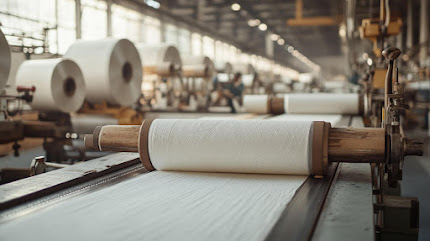Juicing the Natural Way: Enzymes in Fruit Juice Processing

Fruit juice extraction may appear straightforward, but achieving clarity, consistency, and high yield from raw fruit is a complex science. Enzymes have become vital tools in modern juice processing, enabling producers to enhance both the quality and efficiency of their products—naturally and economically. One of the most widely used enzymes in juice processing is pectinase, which breaks down pectin, a structural polysaccharide found in plant cell walls. Pectin creates viscosity and cloudiness in fruit juice. By hydrolysing pectin, enzymes enable the release of more juice, improve filtration speed, and result in a clearer, brighter product. This is particularly beneficial in apple, grape, and citrus juices. Cellulase and hemicellulase are also commonly used to break down cellulose and hemicellulose, further dismantling plant cell walls. This boosts juice yield and enhances the extraction of valuable nutrients and colour compounds, leading to a product with richer flavour, higher nutriti...



